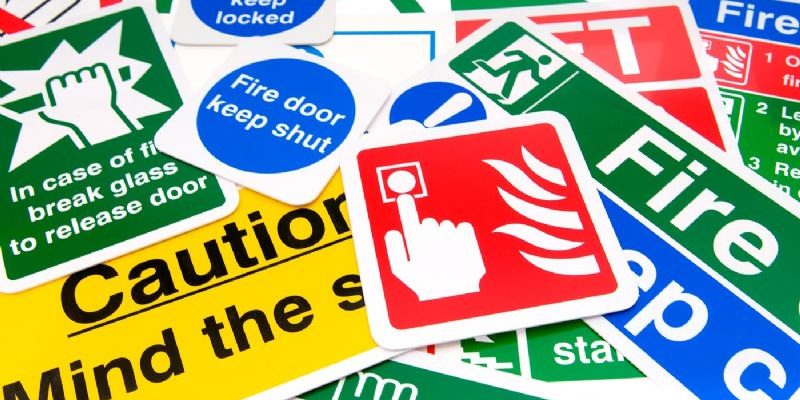Why you NEED to know about PUWER…

The Provision and Use of Work Equipment Regulations, commonly referred to as PUWER, was passed in 1998 and builds upon the Health And Safety at Work Etc. Act 1974.
PUWER, as the title suggests, places legal responsibilities on those who provide or use work equipment. The definition of “work equipment” is rather broad. The regulations state that “any machinery, appliance, apparatus, tool or installation for use at work (whether exclusively or not)” is considered to be “work equipment”.
In practice, this can cover almost all items found in the workplace, and many items found outside of it, too. Examples could include:
- Hammers, Chisels, Screwdrivers Saws etc.
- Company cars – including those where personal use is permitted – and goods vehicles
- Lifting equipment such as Lift Trucks, Lorry Mounted Cranes etc.
- Brooms
- Computers
- Ladders
As you can see, almost anything can fall within scope of these regulations, but many employers – and equally employees – are unaware of what this means to them, and the impact it could have on them or their operation should something go wrong.
So, what responsibilities are there?
Let’s start by taking a look at what those providing the work equipment must do. In the vast majority of cases, the ‘provider’ of the equipment will be the employer.
Work equipment MUST be suitable for its intended purpose. Employers should consider the working environment that the equipment will be used in along with various other factors such as the tasks it will be used to carry out and any other risks that its use may pose. Information from the manufacturer of the equipment can assist with this.
Additionally, employers MUST maintain the equipment to an appropriate level. Some equipment, such as that used in lifting operations, have specific minimum inspection schedules – similar to MOTs – which must be adhered to. In general, employers will be expected to follow, as a minimum, the manufacturers recommendations with regards to the inspection and maintenance of equipment. A record of maintenance should be kept for reference. More regular maintenance may need to be carried out on equipment which is subject to heavy use, or used in particularly harsh environments (e.g. cold, hot, dusty etc.).
Where the introduction of a piece of equipment introduces specific risks – take for example the use of a lift truck – the employer must take steps to restrict use of the equipment to those who are required to do so. Those persons require adequate training for the purposes of health and safety, as does anyone responsible for supervising the work of those using the equipment.
The training of supervisors is something which is very often overlooked when it comes to training but, when you think about it, it’s obvious. How can someone ensure that an employee is doing their job properly, if they don’t themselves know what ‘properly’ looks like?
There is no definition of what ‘adequate training’ consists of as this will vary hugely by task. For example, adequate training for the purpose of using a manual broom will be a world apart from the training required to safely operate a 500-tonne mobile crane.
In order for someone to use work equipment safely, it is necessary to provide them with the information and instructions relating to its use. This is enshrined within the regulations and – in practical terms – means ensuring that the manufacturers handbook, where applicable, and/or operator guides are available to those using the equipment, along with risk assessments, method statements and safe systems of work.
All work equipment which requires the use of controls, for example factory machinery, must be clearly marked so that the operator can identify the relevant controls for that piece of equipment.
There are a number of additional requirements for employers set out in these regulations – some more specific than others so it is essential that, if you provide work equipment for your employees, you familiarise yourself with the requirements that apply to you or your organisation. Guidance documents for Health and Safety can be obtained free of charge from the gov.uk website – the PUWER guidance is titled L22.
Whilst employers bear the brunt of the responsibility as far as PUWER is concerned, employees or those using the work equipment also have duties placed upon them.
What are employees required to do?
Most of the duties placed upon employees stem from the HASAW Etc. Act – such as the requirement to co-operate with their employer so far as is necessary for them to comply with their responsibilities under the relevant legislation and/or regulations.
In practical terms, this means things such as carrying out checks on the equipment they use and reporting any defects to their employer. Another key requirement would be following the instructions, information and training given in relation to the use of the work equipment.
To find out more, or to enquire about the various training courses we offer covering the use of work equipment or for supervisors, contact us today using the form below!

